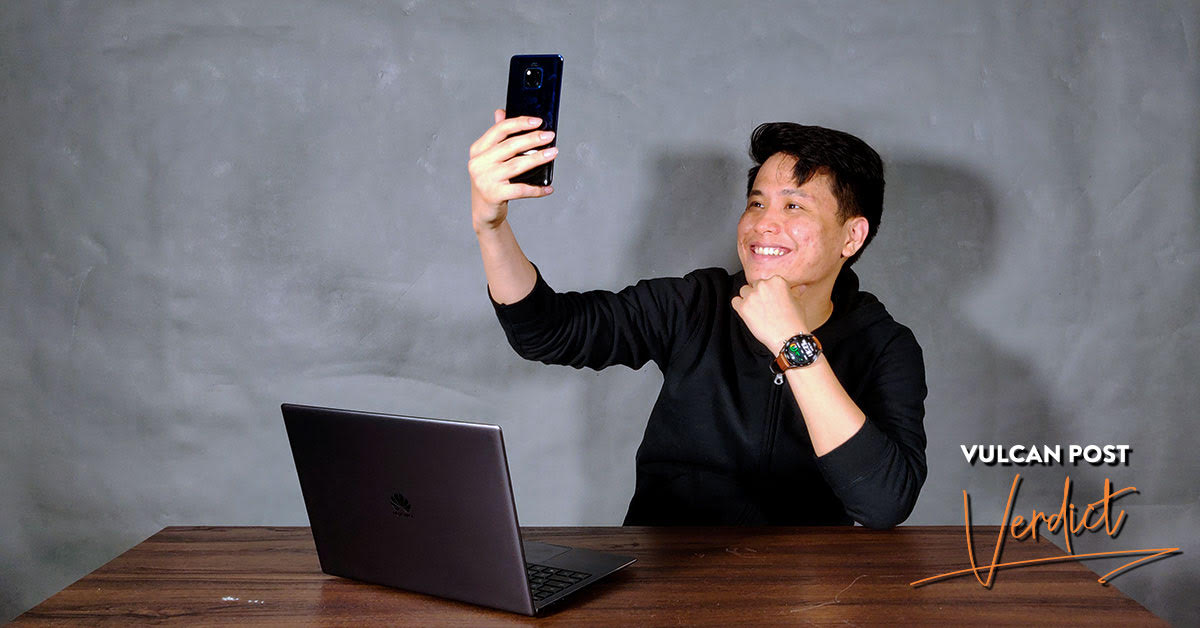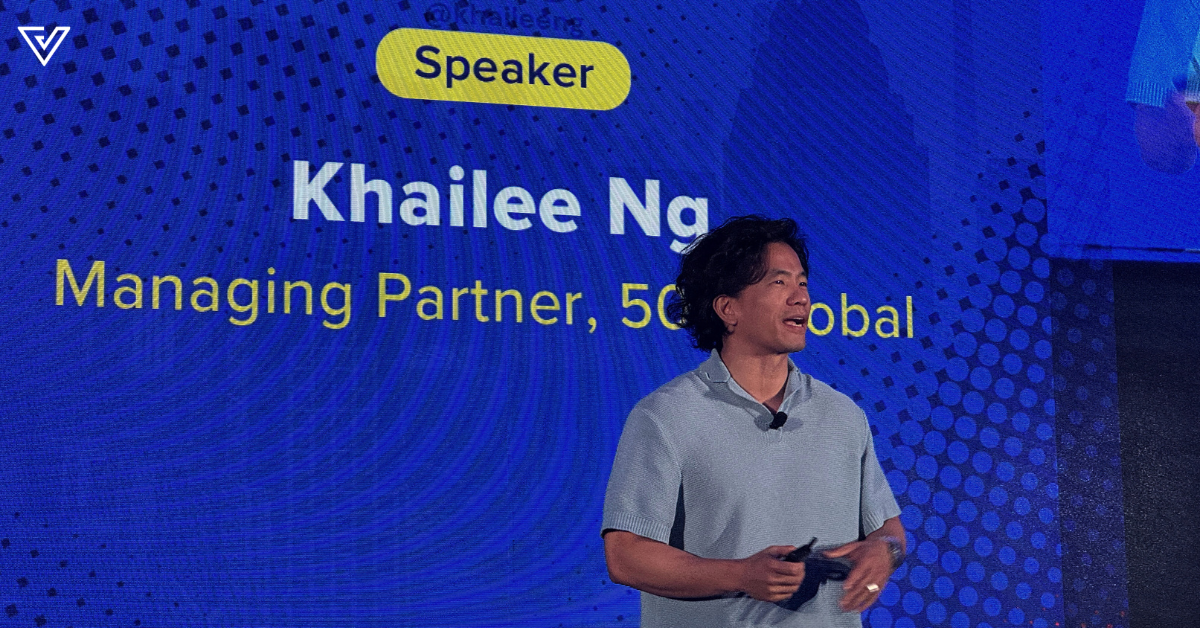- I swapped over to 3 Huawei devices—the Mate 20 Pro, MateBook X Pro, and the Watch GT—to try out the ecosystem for a week.
- Ultimately, I found that the devices were primarily geared towards the fast-paced, versatile nature of most professionals’ lives.
News that Huawei has now overtaken Apple as the 2nd largest smartphone manufacturer in the world was unsurprising, with the Chinese company continuing to improve and diversify its lineup of products in its efforts to build a viable ecosystem.
Recently, they sent over 3 newly-released devices for us to review—the Mate 20 Pro, MateBook X Pro, and the Watch GT.
With the Mate 20 Pro garnering quite a bit of attention over the past few months for its triple-camera setup (4 if you include the selfie camera) and unique design, the overwhelming feeling I had toward the smartwatch and laptop was one of curiosity.
Since I had all three on hand, I decided to try and completely immerse myself in the ecosystem for a week.
In the interest of keeping things simple, the review has been broken down into 3 sections: the Mate 20 Pro, MateBook X Pro, and the Watch GT respectively.
1. Huawei Mate 20 Pro
Price: RM3,599
As mentioned earlier, the Mate 20 Pro is a smartphone that’s most famous for its Leica triple-camera setup—and for good reason.
Besides the aesthetic appeal of the 3 cameras sitting on the back of the phone, the versatility offered by having an ultra-wide angle lens is unrivalled by most smartphones in the market.
Huawei is clearly building off the success of the P20 Pro, arguably one of the best camera smartphones of the past year, with the same 8-megapixel f/2.4 telephoto sensor for zooming.
A new addition is a new f/2.2 ultra-wide angle lens, that adds some serious versatility to the variety of photos you can now take, with the main lens a monstrous 40 megapixel f/1.8 lens.
I brought along the Mate 20 Pro for a company trip to Bali, and took quite a few photos in different situations, using different settings.


The images taken with the smartphone captured tons of detail, had a dynamic range to it, and were generally very good. I did turn on the “artificial AI” settings, which basically changes the photo mode of the camera according to the scene it detects.
While it may suit fans of point-and-shoot cameras, I am not a fan of the autonomous nature of the AI mode—for example, whenever the AI detects that there are faces in the shot, it automatically changes the shooting mode to portrait mode.


As expected, the Mate 20 Pro didn’t disappoint from a performance point of view. Multitasking was seamless, and the Kirin 980 SoC powering the smartphone ensured that navigating through menus and running power draining apps such as PUBG Mobile was altogether a good experience.
Battery-wise, the Mate 20 Pro’s humongous 4200mAh battery is slightly larger than the Samsung Note 9 and Huawei P20 Pro—and it shows.
Editor’s note: The previous sentence has been amended for accuracy.
Roughly speaking, I only ever had to charge the smartphone once every 2 days, unless I was charging a colleague’s phone through Huawei’s “reverse wireless charging” feature. (something I was stingy with)
Huawei MateBook X Pro
Price: RM4,999/6,999
The MateBook X Pro, released in Malaysia in October 2018, comes in 2 variants. The cheaper of the two utilises an integrated Intel UHD Graphics 620 and an 8th-gen i5 processor, while the pricier version comes with a dedicated GPU (Nvidia MX150) and a more powerful i7 processor.
Huawei sent us the i7 version, which also comes with 16GB of RAM and 512GB of solid-state storage. Both variants are otherwise identical, cosmetically and screenwise.
Coming from the Mac OS, the switch to the MateBook X Pro was one I was apprehensive about.
Not much to be said about the actual UI as it utilises standard 64-bit Windows 10. That said, my experience over the course of the week was generally good—the 3000×2000 (3K) 13.9-inch LTPS display plays a huge role in that.
While I did not rely too much on touchscreen functionality, the display’s appeal goes beyond the amount of pixels in it, as the 91% screen-to-body ratio gives the MateBook a bezel-less appearance.
Huawei clearly intends for the MateBook Pro X to be a portable workhorse for professionals, and it shows. Battery life proved to be impressive, with the battery good for around 8-9 hours of usage provided it isn’t being subjected to particularly power-draining tasks.
The flip-side of this is that games do not run particularly well on the MateBook, with a quick session of Dota 2 on “basic settings” running at low 40 FPS. However, it was never meant to be a gaming machine in the first place.

I found the laptop to be pleasing to the eye, with its width a mere 14.6mm while weighing 1.3kg.
A quick little feature that some may enjoy is the recessed camera, therefore negating the need to stick a little tape to block the webcam lens.
Placed in the middle of the function keys, a quick press and the camera pops up—expect some unique angles for the person on the other end of your video call, though.
Huawei Watch GT
Price: RM 999
With Huawei’s new wearable, the Watch GT offers a compromise between a full-on smartwatch and a fitness tracker. Sporting a 1.39-inch OLED display, visibility under sunlight proved to be no problem at all.
After charging the smartwatch fully on the 27th of November, I still had 10% battery left on the 12th of December. To speak candidly, I was impressed. It was connected to the Mate 20 Pro via bluetooth perpetually, and the GPS tracking function was turned on here and there.
GPS does brings down the battery life of the Watch GT to about one full day’s worth of usage—but with it off, you can expect over 2 week’s worth of usage.
Huawei has chosen not to use Android Wear on the Watch GT, opting instead to use its own OS, the aptly-named LiteOS. The smartwatch syncs with the Huawei Health app on your mobile phone, where you can view your sleep patterns (deep sleep, REM, etc.) and the data from your workouts.
Notifications work decently well, although I did note that all notifications look identical regardless of whether they are texts, or notifications from Facebook.

Verdict
Tech manufacturing companies are starting to realise that one of the most important factors in choosing a device is the ecosystem that it sits within. How many times have we heard that someone doesn’t want to switch over to another brand/OS simply because they’re too entrenched in the “ecosystem”?
Huawei has firmly placed their foot in the door. Personally, my transition over to the Huawei ecosystem for a week was pretty seamless, although I did need to get used to working with Windows 10 again.
Whether it’s ecosystem-wide features like Huawei Share or the Huawei Health app, what is clear to me is that all 3 are geared toward the versatile, fast-moving professional. There are some growing pains, but the signs from Huawei are encouraging.
PS: Huawei, can I keep the 3 devices please?
This slideshow requires JavaScript.
- You can find out more about the Huawei ecosystem on their official website here.
- If you’d like to purchase the items, check out Huawei’s flagship store on Lazada.
This article is written in collaboration with Huawei.
VP Verdict is a series where we personally try and test out products, services, fads, and apps. Want to suggest something else for us to try? Leave a comment here or send the suggestion into our Facebook page.

















